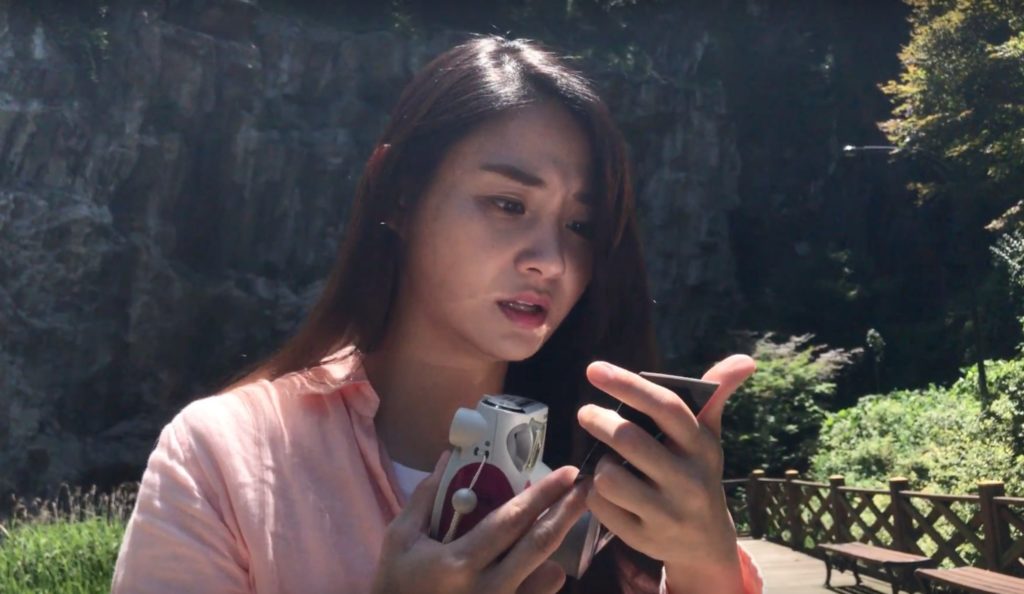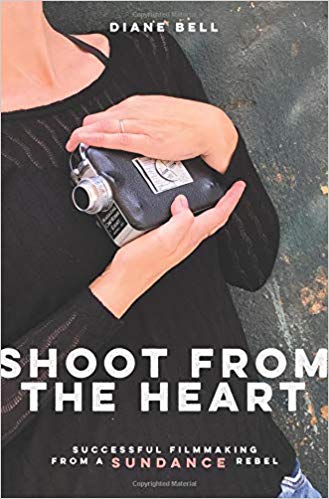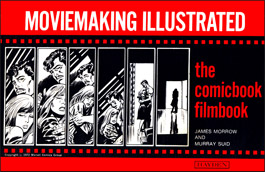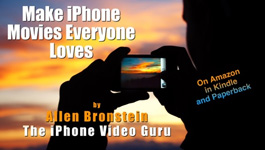Many people love being scared. While this predilection may seem strange, scientists have theories that explain it why horror stories are so popular.. If you happen to be in the group that enjoys the occasional “Boo!” take a look at Inchun Ho’s “Polaroid” which is a Mobile Movie of the Week selection. In a separate post, we interview the director about his interest in the short scary movie genre. Below, we identify techniques that make this creepy four-minute film memorable.
Nine Techniques for Creating Filmic Horror
In the interview, Inchun Ho talks about elements that make a movie scary, for example, body language and location.director also recommends that anyone wanting to make horror movies should study good examples. Following that advice, we analyzed “Polaroid” and identified effective techniques—labeled with time codes (e.g., “0:02” identifies a clip starting two seconds into the movie). These techniques can be borrowed—OK, stolen—and repurposed for many a short scary movie with a totally different plot.
0:02 The protagonist enters the scene smiling. Technique: Start with a happy protagonist. Life is good. Everything is normal.
0:09 The protagonist operates her camera. Technique: Show that the protagonist is strong and competent. While scary things can happen to anyone, the dramatic impact is greater if the victim begins in a strong position.
0:21 The protagonist is isolated. Technique: Cut the victim off from allies. The last you want close by are first responders.
0:21 The protagonist is surrounded by a wall of rock. Technique: Put the victim is in a trap. The classic example is the haunted house. But here Ho shows us that traps can be in the great outdoors.
0:25 The protagonist shakes the photo, waiting for the image to appear. Technique: Delay the assault. This builds tension. In effect, the polaroid shot is a ticking clock.
0:26 The protagonist is puzzled. Technique: Present the emotional journey—from happiness to terror—step by step.
0:35 The protagonist looks around, trying to figure out what’s going on. Technique: Make the victim’s behavior realistic. This allows the audience to identify. The character is doing the sensible thing that we’d all do, trying to get to the bottom of things.
0:50 The protagonist goes through the sequence again: shoots a photo, studies the photo, tries to understand what’s happening. But this time, her facial expressions convey a growing sense of dread. Technique: Use repetition but with a twist.
0:52 The protagonist is seen out of focus followed by whip pan. Later (spoiler alert), we get the frightening skeleton face. Technique: Employ over-the-top cinematographic tricks to emphasize the weirdness and horror.



 Previous post
Previous post
 Next post
Next post





